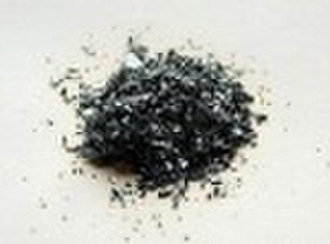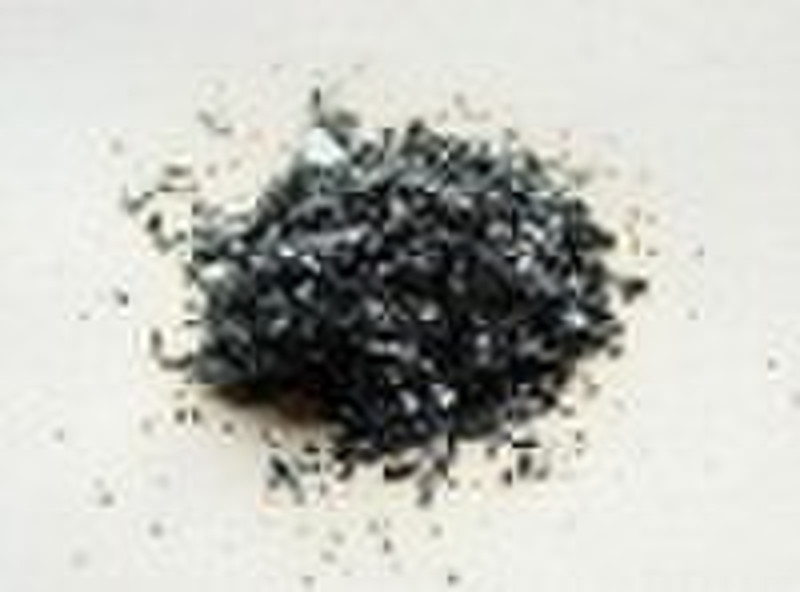Catalog
-
Catalog
- Agriculture
- Apparel
- Automobiles & Motorcycles
- Beauty & Personal Care
- Business Services
- Chemicals
- Construction & Real Estate
- Consumer Electronics
- Electrical Equipment & Supplies
- Electronic Components & Supplies
- Energy
- Environment
- Excess Inventory
- Fashion Accessories
- Food & Beverage
- Furniture
- Gifts & Crafts
- Hardware
- Health & Medical
- Home & Garden
- Home Appliances
- Lights & Lighting
- Luggage, Bags & Cases
- Machinery, Hardware & Tools
- Measurement & Analysis Instruments
- Mechanical Parts & Fabrication Services
- Minerals & Metallurgy
- Office & School Supplies
- Packaging & Printing
- Rubber & Plastics
- Security & Protection
- Service Equipment
- Shoes & Accessories
- Sports & Entertainment
- Telecommunications
- Textiles & Leather Products
- Timepieces, Jewelry, Eyewear
- Tools
- Toys & Hobbies
- Transportation
Filters
Search
Iodine crystals

Rami Woo
Contact person
Basic Information
| CAS No. | 7553-56-2;12190-71-5 |
|---|---|
| Purity | 99.8% |
| Brand Name | BAISEM |
| Classification | High Purity Reagents |
Iodine crystals 99.8% lab reagent Min order:250 gram Payment accept Paypal Iodine under standard conditions is a bluish black solid. It can be seen apparently sublimating at standard temperatures into a violet-pink gas that has an irritating odor. This halogen forms compounds with many elements, but is less reactive than the other members of its Group VII (halogens) and has some metallic light reflectance. Elemental iodine dissolves easily in most organic solvents such as or due to its lack of polarity, but is only slightly soluble in water. However, the solubility of elemental iodine in water can be increased by the addition of . The molecular iodine reacts reversibly with the negative ion, generating the anion I3− in , which is soluble in water. This is also the formulation of some types of medicinal (antiseptic) iodine, although classically dissolves the element in aqueous . Solutions of elemental iodine have the unique property of exhibiting dramatically different colors depending on the polarity of the solvent. When dissolved in nonpolar solvents like hexane, the solution appears deep violet; in moderately polar the solution is dark crimson, and in strongly polar solvents like or ethanol, it appears dark orange or brown. This is due to ligand field interactions of solvent molecules with the d-orbitals of iodine, which is the only halogen with a sufficiently occupied electronic configuration to allow such interactions. This same property allows the formation of compounds, which have expanded bonding orbitals beyond the generally allowed . Students who have seen the classroom demonstration in which iodine crystals are gently heated in a test tube to violet vapor may gain the impression that liquid iodine does not exist at atmospheric pressure. This misconception arises because the vapor produced has such a deep colour that the liquid appears not to form. In fact, if iodine crystals are heated carefully to just above their melting point of 113.7°C, the crystals melt into a liquid which is present under a dense blanket of the vapor. When iodine is encapsulated into carbon nanotubes it forms atomic chains, whose structure depends on the nanotube diameter.
Payment term
Letter of credit
Telegraphic transfer
MoneyGram
Western Union
-
Payment Methods
We accept:









